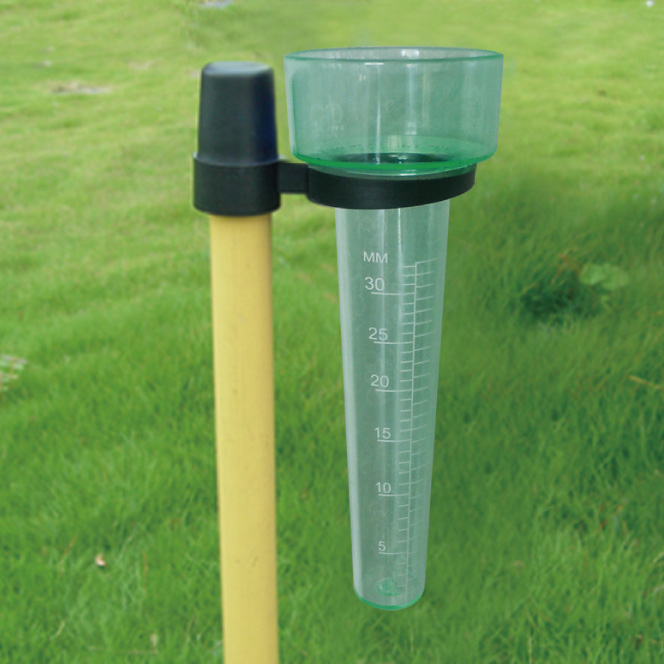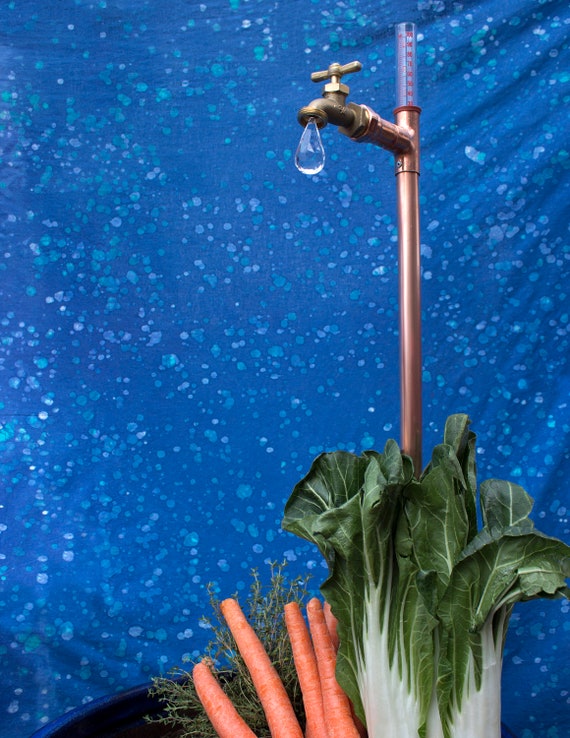The Rain Gauge: Deciphering Rainfall Patterns and Enhancing Weather Awareness
The Rain Gauge: Deciphering Rainfall Patterns and Enhancing Weather Awareness
Blog Article
Understanding Rainfall Gauge Measurements: A Total Overview
Recognizing Rainfall Scale Measurements: A Total Guide is a detailed source for any individual looking for a much deeper understanding of rainfall scale measurements. Whether you are an expert in the area or just have an inquisitiveness about rainfall measurement, this overview will certainly furnish you with the understanding needed to successfully utilize rainfall scale measurements.
The Importance of Rain Gauge Measurements
The importance of rainfall gauge measurements lies in their function as a vital tool for accurately monitoring and analyzing precipitation degrees - The Rain Gauge. Rain gauge measurements offer valuable data that assists hydrologists and meteorologists comprehend patterns and trends in rains, which subsequently aids in numerous fields such as agriculture, water resource administration, and climate study

Exact rains measurements are crucial for agriculture as they assist in determining irrigation requirements, crop development, and yield predictions. Farmers count on this information to make informed choices concerning when to water their crops, stopping water wastefulness and making certain ideal crop wellness. Additionally, rains data assists in examining the impact of droughts or excessive rainfall on crop production, enabling farmers to take suitable procedures to reduce losses.
Water source monitoring greatly depends on rainfall gauge dimensions to determine the amount of water readily available in lakes, rivers, and storage tanks. Specific dimensions make it possible for water managers to make informed choices regarding water allotment and distribution, making certain lasting use and stopping scarcities. This information is especially essential in regions where water scarcity is a pushing concern.
In addition, rain gauge measurements play a vital role in environment study. By precisely measuring rains over prolonged durations, scientists can assess long-term environment patterns and recognize modifications in precipitation patterns because of environment adjustment. This data aids policymakers and scientists develop methods to adjust to and reduce the impacts of environment modification.
Sorts Of Rainfall Scales
There are numerous kinds of rain evaluates utilized to measure precipitation precisely. Each kind has its own advantages and limitations, making them suitable for various objectives and settings.
The most typical sort of rain scale is the basic round scale. It contains a round container with a wide funnel-shaped top to accumulate rain (The Rain Gauge). The water is after that funneled right into a graduated measuring tube, permitting specific measurement of the amount of rains
One more type is the weighing rainfall scale. Evaluating rainfall gauges are particularly helpful in areas with frozen rainfall or hefty rainfall, as they are not affected by spraying or evaporation.
Tipping bucket rain assesses utilize a system that suggestions a small bucket each time it collects a specific amount of rain. The number of suggestions is videotaped and made use of to calculate the rainfall. This sort of scale is generally used in automated weather condition terminals as a result of its reduced upkeep requirements and ability to supply real-time information.
Finally, there are radar-based rain determines that use radar modern technology to approximate rains. These determines gauge the strength of rains in a certain area by examining the shown radar signals. They are especially helpful for measuring precipitation over large areas or in remote locations.
How Rainfall Gauge Measurements Job
Rain gauge dimensions are based on the principle of measuring the quantity and gathering of precipitation. These instruments are made to record rainwater and offer an accurate dimension of the rains in a certain area.
The most typical sort of rain gauge is the basic round scale. It includes a cylindrical container with a broad opening on top to accumulate rainwater. The accumulated water is then channelled right into a gauging tube, which is calibrated to give the dimension in devices of size, normally millimeters or inches.
Another sort of rainfall gauge is the tipping bucket scale. find more When they get to a specific weight threshold, it uses a seesaw-like system with two containers that tip. Each idea of the container stands for a certain volume of rains, enabling accurate dimensions.
Some advanced rainfall determines are outfitted with digital sensing units that instantly record and send information. These sensing units make use of various innovations such as ultrasound or laser to gauge the quantity of rains precisely.
Factors Impacting Rainfall Gauge Precision
Environmental factors such as wind, temperature level, and climatic stress can dramatically influence the precision of rainfall gauge measurements. Modifications in climatic stress can additionally influence the precision of rain gauge measurements, as they can alter the price at which rainfall is gathered.
Functional variables, on the various other hand, refer to factors connected to the layout, setup, and upkeep of the rain gauge. The placement of the rain gauge in an area with obstructed airflow or near structures or trees can cause imprecise readings because of blockage or splattering of rains. Additionally, incorrect calibration or uneven maintenance of the rainfall scale can likewise influence its precision.
To make sure the precision of rain gauge dimensions, it is important to think about these elements and take proper measures. This may include selecting an appropriate area for the rainfall scale, making sure correct installment and upkeep, and regularly calibrating the instrument. By addressing these aspects, exact and reliable rainfall measurements can be acquired, which are vital for various applications such as climate forecasting, hydrological researches, and farming.
Tips for Accurately Measuring Rainfall
To make certain precise rains dimensions, it is vital to implement specific strategies and methods when making use of a rain scale. Right here are some pointers for accurately gauging rainfall:
Correct Positioning: Position the rainfall gauge in an open area, away from trees, buildings, and various other blockages that may disrupt the rains collection. It should be positioned on a degree surface area to avoid water merging or overflow.

Review the Scale Properly: When taking measurements, checked out the water degree at eye level from the bottom of the meniscus. Avoid parallax mistakes by aligning your view straight with the water degree.
Regular Time Period: Establish a constant time interval for determining rains, such as every 24-hour or after each rainfall event. This makes sure accurate tracking and contrast of precipitation data.
Document Measurements Quickly: Videotape rains measurements asap after collection to stop dissipation or spillage. Make use of a rainfall gauge with a built-in information logging feature for automated recording.
Verdict
To conclude, comprehending rain gauge dimensions is critical for accurately gauging rainfall. Different kinds of rain assesses are offered, each with their own advantages and limitations. It is essential to take into consideration variables that can influence the precision of rainfall gauge dimensions, such as placement, evaporation, and wind. By complying with the tips offered, one can make sure much more precise and trusted rains measurements.
Comprehending Rain Gauge Dimensions: A Full Overview is an extensive resource for any person seeking a much deeper understanding of rainfall scale measurements. Whether you are a specialist in the area or simply have a curiosity regarding rains dimension, this overview will furnish you with the expertise needed to successfully make use useful source of rainfall gauge measurements.
The most typical type of rainfall scale is the conventional round scale.The most common type of rain scale is the conventional round scale.Another kind of rainfall scale is the tipping bucket gauge.
Report this page